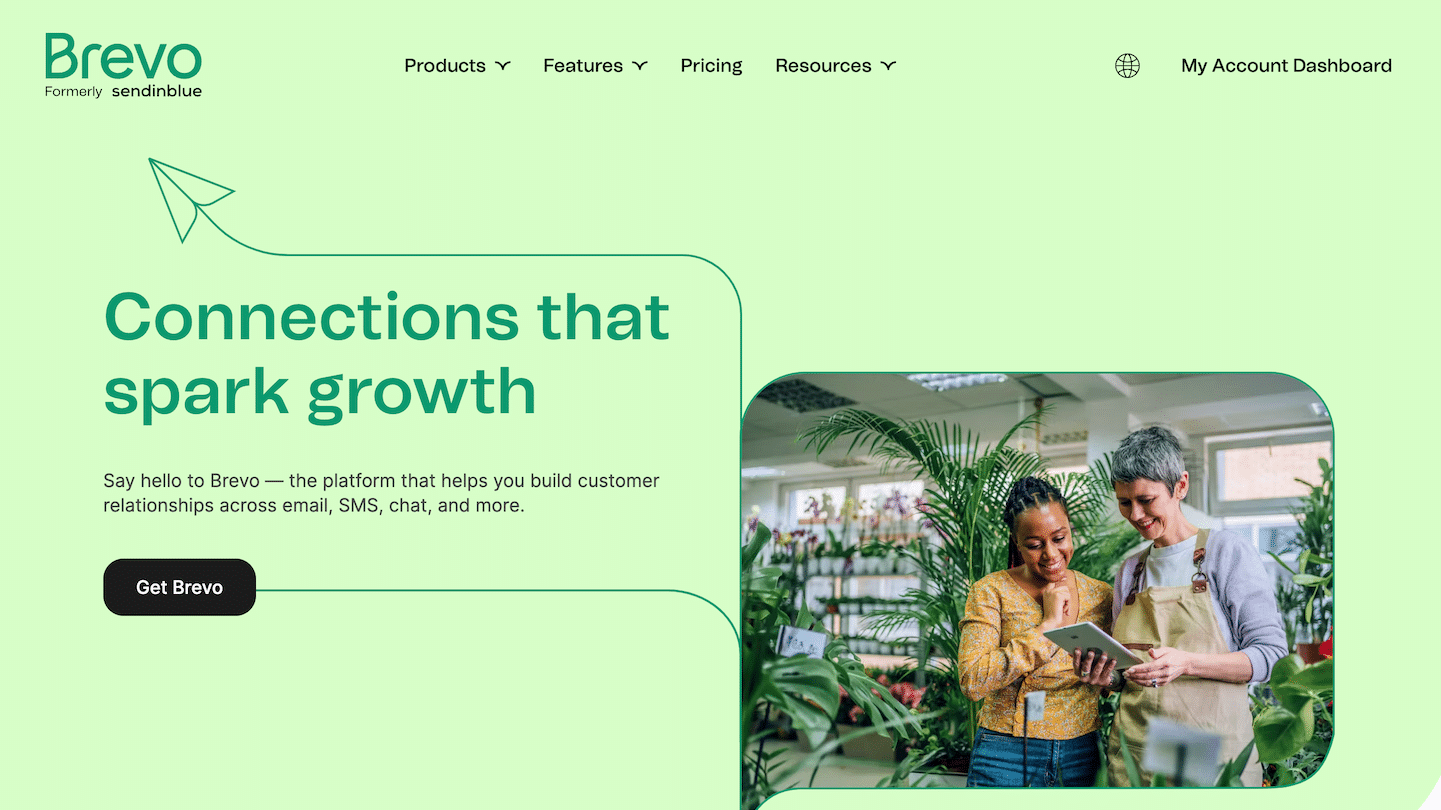Your ideal customer profile (ICP) is a description of the type of business you should be selling to, while your buyer persona is a detailed analysis of the people who already buy from you.
In this article, we look in detail at KPIs and buyer personas, and give you some tips on how to get the most out of them.
Sommaire
What is an ICP (Ideal Customer Profile)?

A KPI is a fairly conceptual description of a fictitious company that derives significant value from your product or service, and in return provides substantial value to your company. It is the customer who :
- Costs the least to acquire,
- Is faithful,
- Has a high customer lifetime value (i.e. the value that the customer brings over his or her lifetime as a customer)
- and becomes a real promoter for your brand.
What is a buyer persona in B2B?
A buyer persona is a semi-fictional representation of your ideal customer. It is based on market research and real data on people who have already bought from you.
Buyer personas provide structure and context to your business, making it easier to develop content, allocate time and resources to your teams and align your organisation.
You can use the data collected via your CRM and B2B marketing software to help you create your persona.
What are the differences between a KPI & a buyer persona in B2B?
The Salesdorado definition
Your KPI is a description of the type of business you should be selling to, while your buyer persona is a detailed analysis of the people involved in the buying process.
For example, at Salesdorado, our KPI is a French-speaking SME or start-up with a relatively simple sales organisation (between 1 and 50 salespeople) that wants to digitise and optimise its processes.
As for our buyer personas, they are the directors or founders of these organisations, the sales decision-makers, those responsible for generating leads, those responsible for processing them, and the support teams (analytics, sales operations, sales enablement, etc.).
Why do we need a KPI and a buyer persona in B2B in 2021?

Understanding your KPI – its challenges, objectives, characteristics, etc. – helps you define a strategy to attract the most valuable customers to your business. – Understanding your KPI – its challenges, goals, characteristics, etc. – helps you define a strategy to attract the most interesting customers for your business. But at the end of the day (or more precisely, the sales process), it is a human being, not a company, that signs the deal.
There is a mantra that B2B is H2H (Human to Human). That’s why you need to treat sales to businesses as sales to humans.
The more relevant you are and the better you can talk about the things that matter to your prospects – the people within companies who will benefit from using your product – the higher your B2B conversion rates will be.
Update your KPI and buyer personas regularly
Defining your KPI is first and foremost an economic issue. Your solution must have a direct correlation with the company’s profits or expenses. If not, you must be able to demonstrate how it indirectly affects the organisation’s finances.
Your company, your offer, your market evolve. Your ideal customer may therefore also evolve. There is no universal definition of the ideal customer profile for all companies.
Every six to nine months you should assess whether the company profile and the buyer persona you have chosen as ideal are still similar, or whether you need to change its description.
Your buyer personas on the other hand are more of a human affair: Within your KPIs, what are the personality traits, motivations, and sufferings that drive individuals to decide to buy your solution?
When should a new KPI or persona be created?

As human beings, one of our greatest pleasures is the accumulation of knowledge. However, data collection comes at a cost, often not insignificant.
Not all data is equally valuable. The most effective way to create a KPI or a new persona is to collect the information about your customers that is (most) relevant to your sales process.
The number of KPIs and personas you need to create depends on the nature of your business: you may have one or two, but this number can go up to ten. But if you are new to KPIs and personas, start small. You can always create more later, if necessary.
Salesdorado’s advice
To start with, we recommend one KPI and two or three personas within the KPI. Only when you can no longer fit (existing and satisfied) customers into the existing one, you can create new KPIs and personas.
Going further
Your KPI and persona need to change as your business grows and evolves, and vice versa. What’s the point of having great content and mind-blowing KPIs and personas if it doesn’t get your business off the ground.
Once you have defined your KPI and persona, you should start looking at ways to improve the way your sales and marketing teams deal with companies that fit that profile.
Your ideal customer profile should dictate many things:
- How to improve the product or service you offer,
- The right words and phrases for your sales and marketing teams to use with prospects and customers. The KPI then becomes one of the concrete ways to motivate a sales team.
- How, when and where to reach your prospects and customers.






